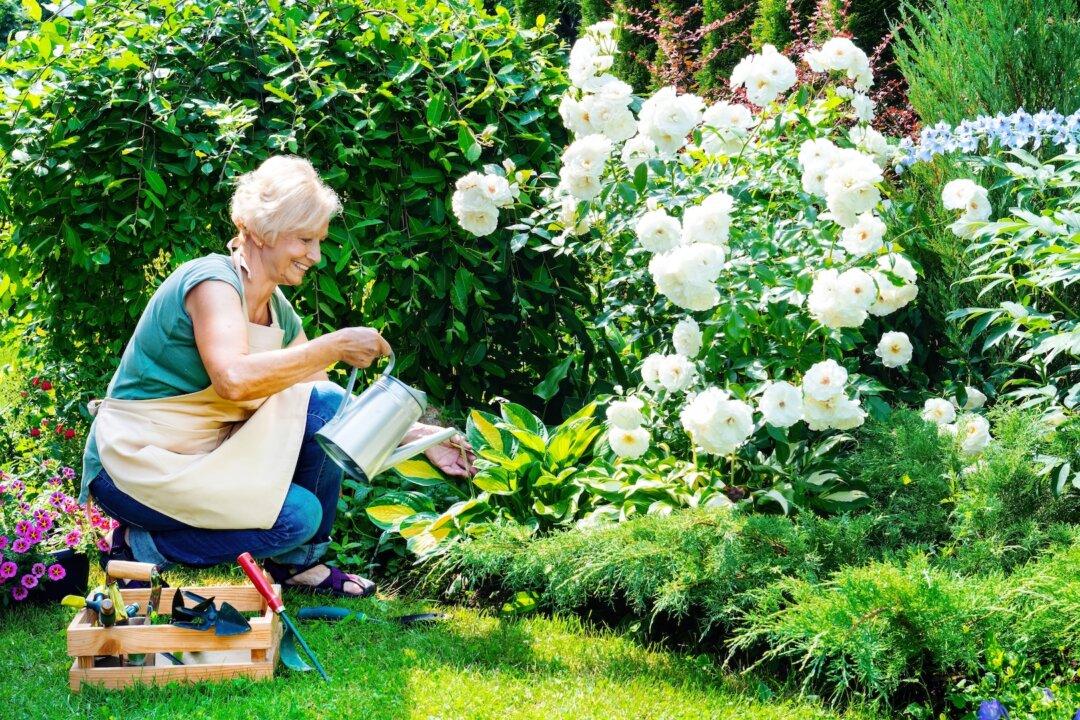The good news is that strawberries come in three major groups. One group is grown in the garden for long-term production, but the other two types can be grown for the longer-term or for the short-term harvest each year.
The June-bearing varieties produce large berries for a few weeks in June and produce a lot of runners the rest of the summer. There are early-, mid-, and late-season June-bearers to stretch out the harvest. June-bearing plants are often planted in rows so that the daughter plants can grow in the space between the rows. Eventually, the mother plants don’t produce as well, and they are dug out after the harvest is over. The daughter rows become the new higher berry-producing mother row that sends out daughter plants into what was the “grandmother’s” row space.
It sounds like you have been reading about June-bearing strawberries. Your newly planted strawberry plants were in cold storage since they were harvested last fall. They used energy to stay alive. Now they need to grow new root systems in your garden, which takes more energy. Producing flowers takes even more energy. Taking off the flowers helps the plant recover from the move into your garden. The earlier the mother strawberry plant can send out the babies, the stronger the babies will be next year.
June-bearing strawberry plants that produce fruit the first year will still send out baby runners later in the summer, but the baby plants will not be strong enough to produce large crops of berries next year.
The ever-bearing group has smaller berries in spring, summer, and fall with a rest period in between. They grow some runners when they’re not producing berries. The day-neutral group produces smaller berries all spring, summer, and fall with very few runners.
The ever-bearing and day-neutral strawberries are often planted in hills, and any runners are removed. New young plants are bought each year to replace the older plants. These varieties grow great in containers and allow for harvesting the first summer.
One last thing: How many plants did you get? Can you leave the flowers on a plant or two to get some strawberries this year while still having enough plants that can grow strong runners for next year? This will allow you to have your strawberry shortcake and eat it, too.






